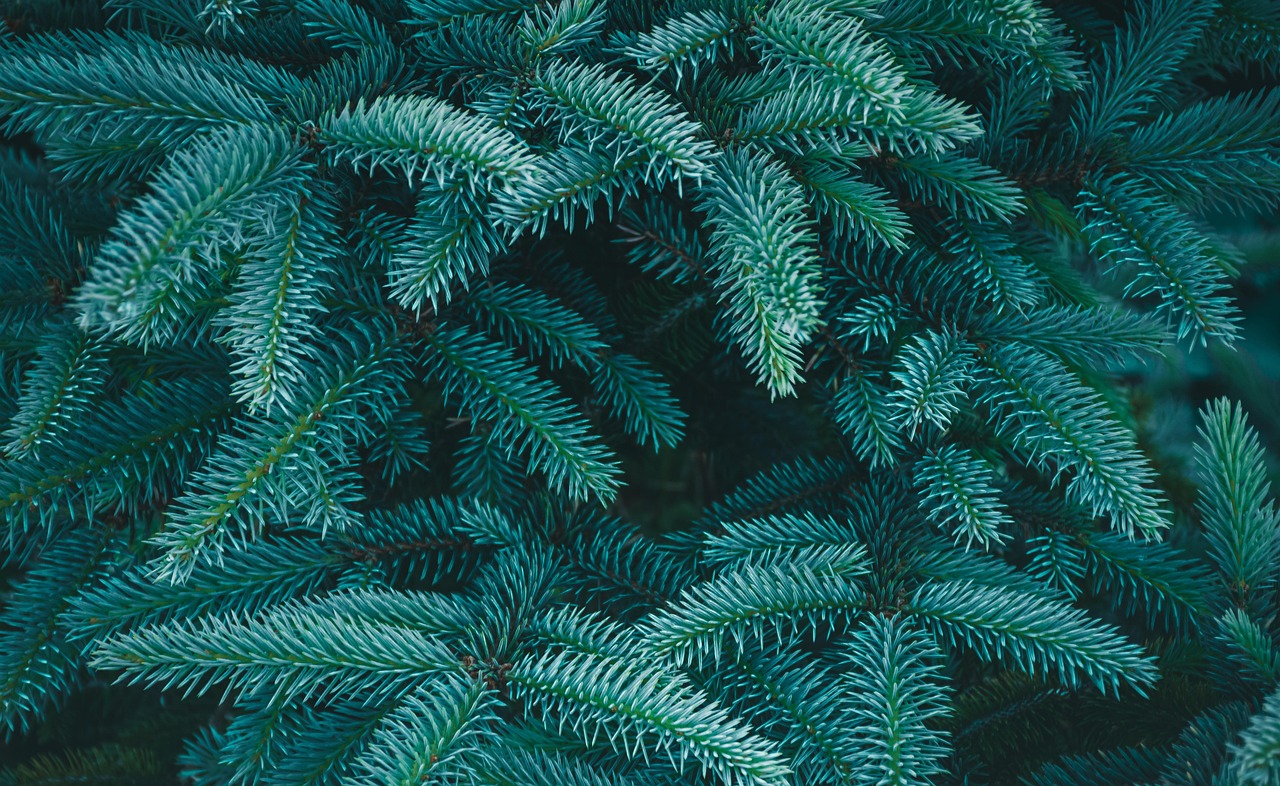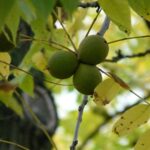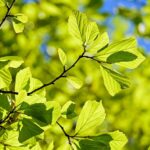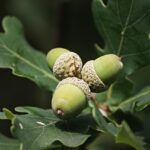How to Grow a Blue Spruce Tree: Tips for Success

Blue spruce, with its recognizably blue-silver needles, and perfect pyramid like structure, is an eye-catching element in any landscape. If you’re just starting out as a gardener or you are a pro in the field of horticulture, learning how to grow blue spruce successfully also requires that you get the knowledge about their specific needs and growth habits. This thorough guide will show you all the required steps to take to cultivate these majestic evergreens.
Understanding Blue Spruce Basics
Blue spruce trees (Picea pungens) are native to the Rocky Mountains and are incredibly hardy, tolerating cold temperatures down to -40°F. These slow-growing giants can eventually reach heights of 50-75 feet, making them excellent specimen trees for larger properties. Their drought tolerance and low maintenance requirements make them increasingly popular among homeowners.
How to Grow a Blue Spruce Tree from the Start
Successfully growing a blue spruce begins with proper site selection. Choose a location with full sun or partial shade, receiving at least six hours of direct sunlight per day. The spruces prefer well-drained soil with a pH varying from slightly acidic to neutral, between 6.0 and 7.5. They do not like places that stay wet because blue spruces could go into root rot if left standing in water. Consider spacing when planning a spot for your blue spruce; these trees require enough room for their branches to spread, normally needing between 10 and 20 feet from buildings, power lines, and other trees. Think of its mature size when picking your planting spot to avoid problems later on.
How to Plant a Blue Spruce Seedling
Timing is essential to grow a blue spruce seedling successfully. The most preferable season for planting is early spring after the last frost or early fall, as this gives the tree time to develop roots before extreme conditions come.
Ensure the hole is twice as wide as the root ball and only the depth of the container. This action will prevent the settling of roots and any growth of trunk rot. Carefully take the seedling out of the container and after that, untangle any roots wrapped around each other, thus promoting the outward growth of roots.
Always keep the root collar in the soil during planting. After the plant is put in the hole, replace the soil that was removed, water the soil thoroughly, and add a layer of mulch about 2 to 3 inches around the base of the tree, while several inches off the trunk is maintained.
How to Grow a Blue Spruce from a Cutting
While more challenging than planting seedlings, growing a blue spruce from a cutting is possible with patience and proper technique. Take cuttings from new growth in late spring or early summer, selecting healthy shoots about 4-6 inches long.
Remove the lower needles and dip the cut end in rooting hormone. Plant the cutting in a well-draining potting mix, maintaining consistent moisture without waterlogging. Cover with a plastic bag to create humidity and place in bright, indirect light. Rooting typically takes 8-12 weeks, and success rates vary considerably.
Essential Care Tips for Thriving Blue Spruce
Watering is critical during the establishment years. Deep and infrequent watering always promotes the deep rooting of the plants. Water slowly at the base of the tree to make sure the moisture goes in deeply and not with frequent shallow watering.
Fertilization is not necessary for blue spruces once established in a good soil. However, the young trees may profit from the application of a balanced, slow-release fertilizer in early spring. Do avoid fast nitrogen fertilizers as they lead to too much soft growth that can be hit hard in winter.
Pruning should be kept to a minimum and preferably take place late winter or early spring. Only dead, damaged, or crossing branches should be removed. The blue spruce tends to keep itself well shaped, so there is really little need to do much pruning, which otherwise may well ruin its characteristic form.
Common Challenges and Solutions
The problems that blue spruces face include needle cast diseases, spider mites, and aphids. Most problems are prevented with proper spacing for air circulation, no overhead watering, and good tree health from good cultural practices. With proper planting and care, your blue spruce will be a source of beauty and interest from season to season for decades. These trees of distinction, with their beautiful color and graceful shape, are well worth the wait for any patient gardener.



